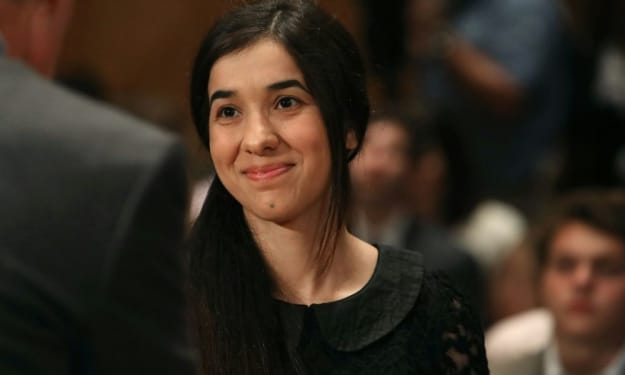
India, a land of ancient heritage and vibrant traditions, boasts one of the world's most diverse and rich cultures. Its cultural fabric is woven with threads of history, spirituality, art, cuisine, and festivals, each contributing to the unique and dynamic identity of the nation. This exploration delves into the key aspects that define and celebrate Indian culture.
1. Historical Heritage and Civilization
India's culture is deeply rooted in its ancient history, with one of the world's oldest civilizations, the Indus Valley Civilization, laying the foundation. This heritage is evident in the architectural marvels, such as the intricate carvings of the Ajanta and Ellora caves, the grandiosity of temples like Khajuraho and Konark, and the Mughal masterpieces like the Taj Mahal. Each dynasty and ruler, from the Mauryas and Guptas to the Mughals and British, has left an indelible mark, shaping the cultural landscape of the nation.
2. Spirituality and Religion
India is the birthplace of major religions including Hinduism, Buddhism, Jainism, and Sikhism, and it also embraces a multitude of other faiths like Islam, Christianity, and Judaism. Spirituality permeates everyday life, influencing customs, festivals, and the arts. Pilgrimage sites like Varanasi, Bodh Gaya, and Amritsar attract millions seeking spiritual solace. The diversity of religious practices and the coexistence of multiple faiths underscore the pluralistic nature of Indian culture.
3. Languages and Literature
India is a linguistic kaleidoscope with 22 officially recognized languages and hundreds of dialects. Each language carries its own literary tradition, from the ancient Sanskrit epics like the Mahabharata and Ramayana to contemporary works in Hindi, Bengali, Tamil, and other regional languages. Indian literature reflects the country's rich oral traditions, philosophical discourses, and modern narratives, contributing to a vast and varied literary heritage.
4. Arts and Crafts
Indian art is a reflection of its diverse cultural ethos. Classical dance forms like Bharatanatyam, Kathak, and Odissi express religious and mythological themes through intricate movements and expressions. Indian classical music, with its two major traditions, Hindustani and Carnatic, emphasizes improvisation and emotional expression. Traditional crafts, such as Madhubani paintings, Rajasthani miniatures, and intricate handloom textiles like Banarasi silk and Pashmina shawls, showcase the artistic brilliance and craftsmanship of the Indian people.
5. Festivals and Celebrations
Festivals are a vital part of Indian culture, symbolizing the rich cultural diversity and communal harmony. Diwali, the festival of lights, and Holi, the festival of colors, are celebrated with great fervor across the nation. Regional festivals like Pongal in Tamil Nadu, Bihu in Assam, and Onam in Kerala highlight the agricultural roots and local customs. Each festival, whether religious or seasonal, is marked by specific rituals, music, dance, and culinary delights, bringing communities together in joyous celebration.
6. Culinary Diversity
Indian cuisine is renowned for its diversity and complexity, with each region offering distinct flavors and culinary traditions. The use of a variety of spices, herbs, and cooking techniques results in a rich gastronomic landscape. From the spicy curries of North India and the dosa and idli of the South to the seafood delicacies of the coastal regions and the vegetarian thalis of Gujarat, Indian cuisine reflects the country's agricultural abundance and cultural diversity.
7. Traditional Attire and Fashion
Traditional Indian attire varies significantly across regions, reflecting local customs, climate, and history. The sari, an elegant draped garment, is widely worn by women, while men might wear kurta-pajamas or dhotis. In different parts of the country, traditional clothing like the Punjabi salwar-kameez, Rajasthani ghagra-choli, and Assamese mekhela-chador showcase the variety in Indian fashion. Contemporary Indian designers often blend traditional and modern elements, creating unique fashion statements that resonate globally.
In conclusion, Indian culture is a magnificent mosaic of history, spirituality, languages, arts, festivals, cuisine, and attire. Its diversity and depth are a testament to the country's rich heritage and the harmonious coexistence of various traditions and communities. Celebrating this cultural richness allows both Indians and the global community to appreciate and cherish the uniqueness of India.
About the Creator
Angel Sri
Passionate creator weaving words into captivating stories. Transforming ideas into engaging content that sparks curiosity and connection.






Comments
There are no comments for this story
Be the first to respond and start the conversation.